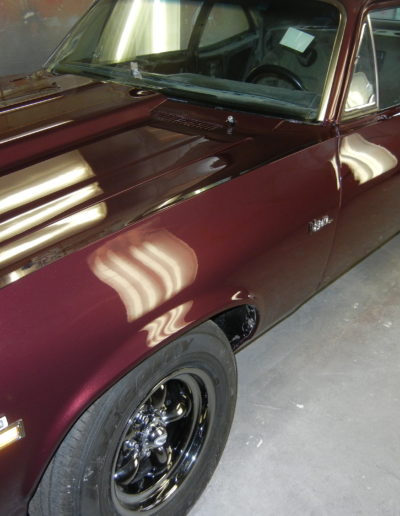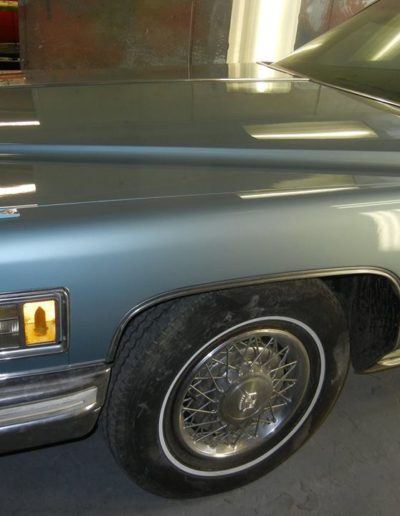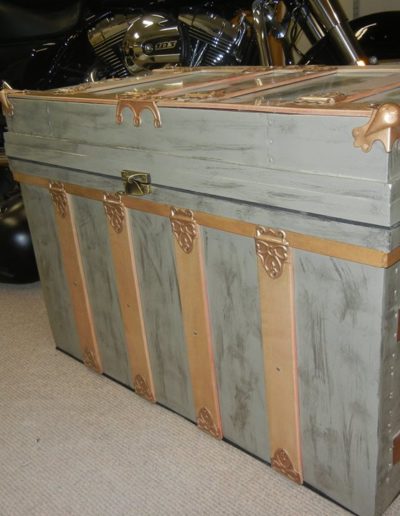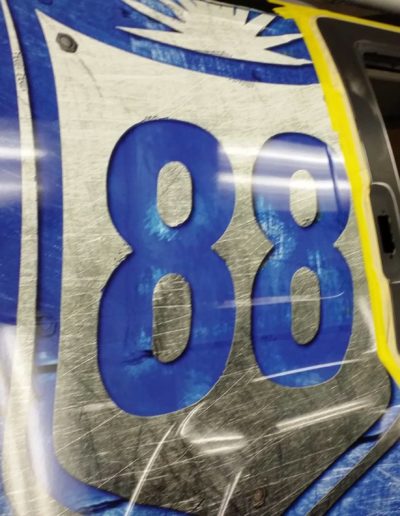Get Your Restorations Done By TROY!
-
Refrigerators
-
Trunks
- Bicycles
- Pedal Cars
- Pop Machines
- Gas Pumps
- Tractors
- Old and New vehicles

High-Caliber Restoration Services
Make your vehicle, tractor, refrigerator, motorcycle or anything you can think of to restore look like new with our restoration services.
Process
A complete auto restoration could include total removal of the body, engine, driveline components and related parts from the car, total disassembly, cleaning and repairing of each of the major parts and its components, replacing broken, damaged or worn parts and complete re-assembly and testing.
Interior
The interior of the vehicle should be examined and repaired or replaced to match those that were available from the factory.
Exterior
In a complete restoration, the repair and refinishing of the car’s body and frame must again go through the careful inspection and subsequent repair, and recoating as necessary to bring the car to as first sold condition.
Reassembly
Finally, the engine/driveline has to be re-installed in the frame, the brakes, wheels and other parts re-installed, the body fitted to the frame.











































